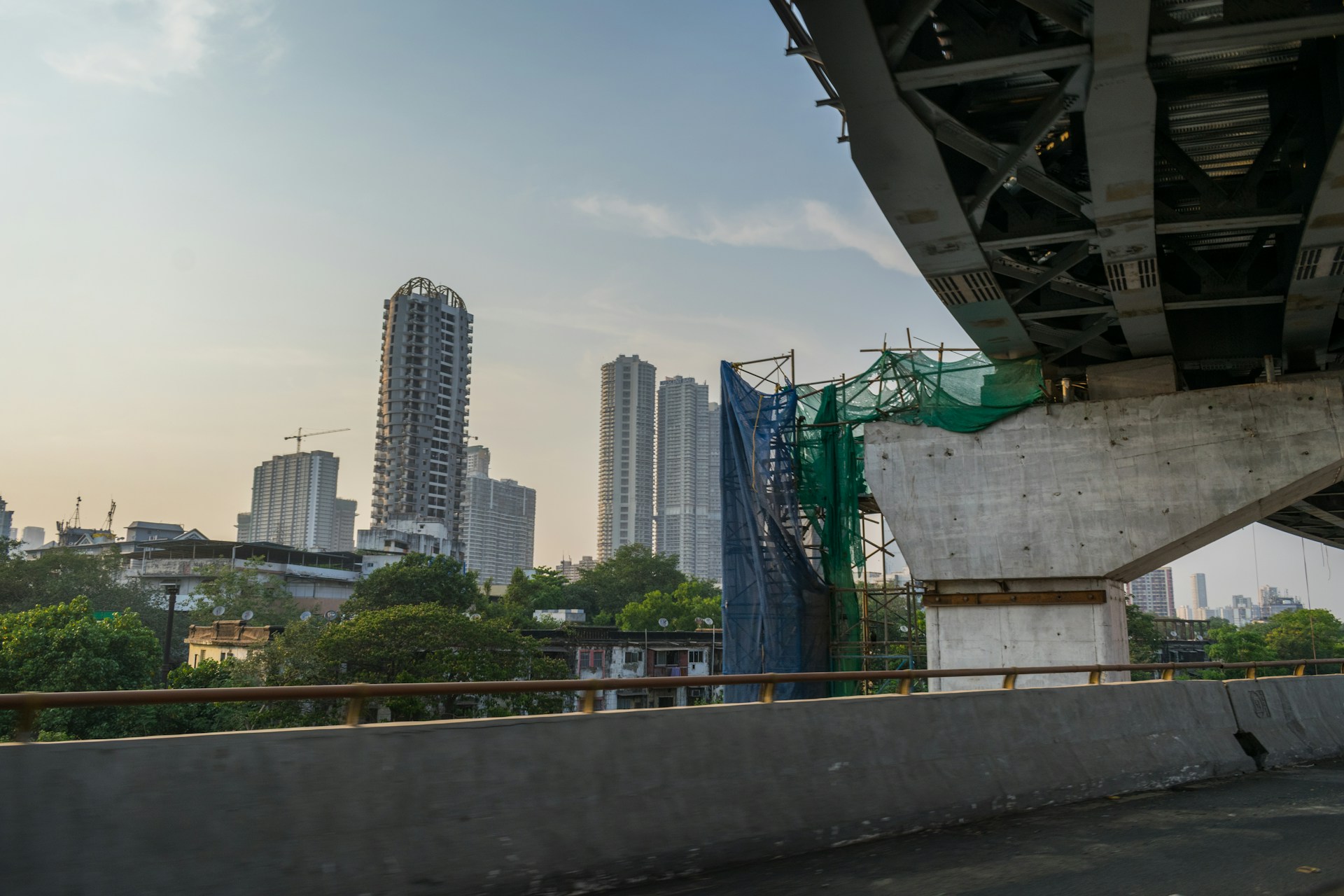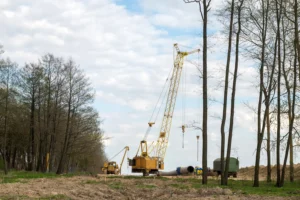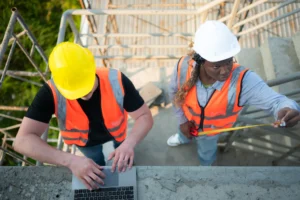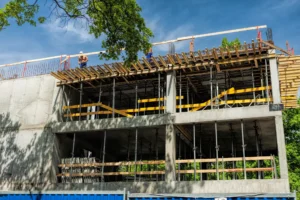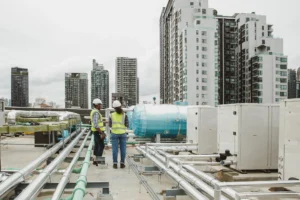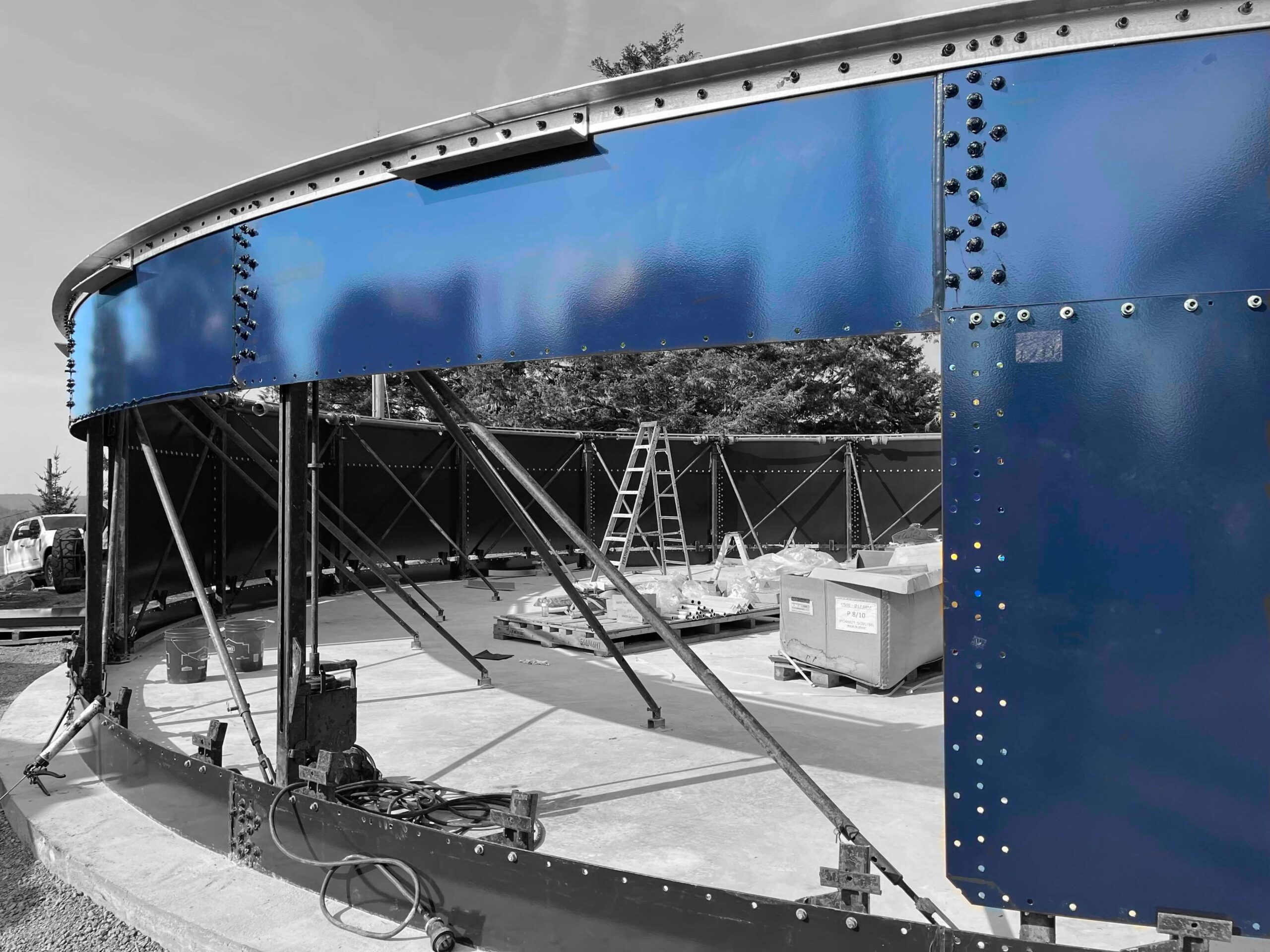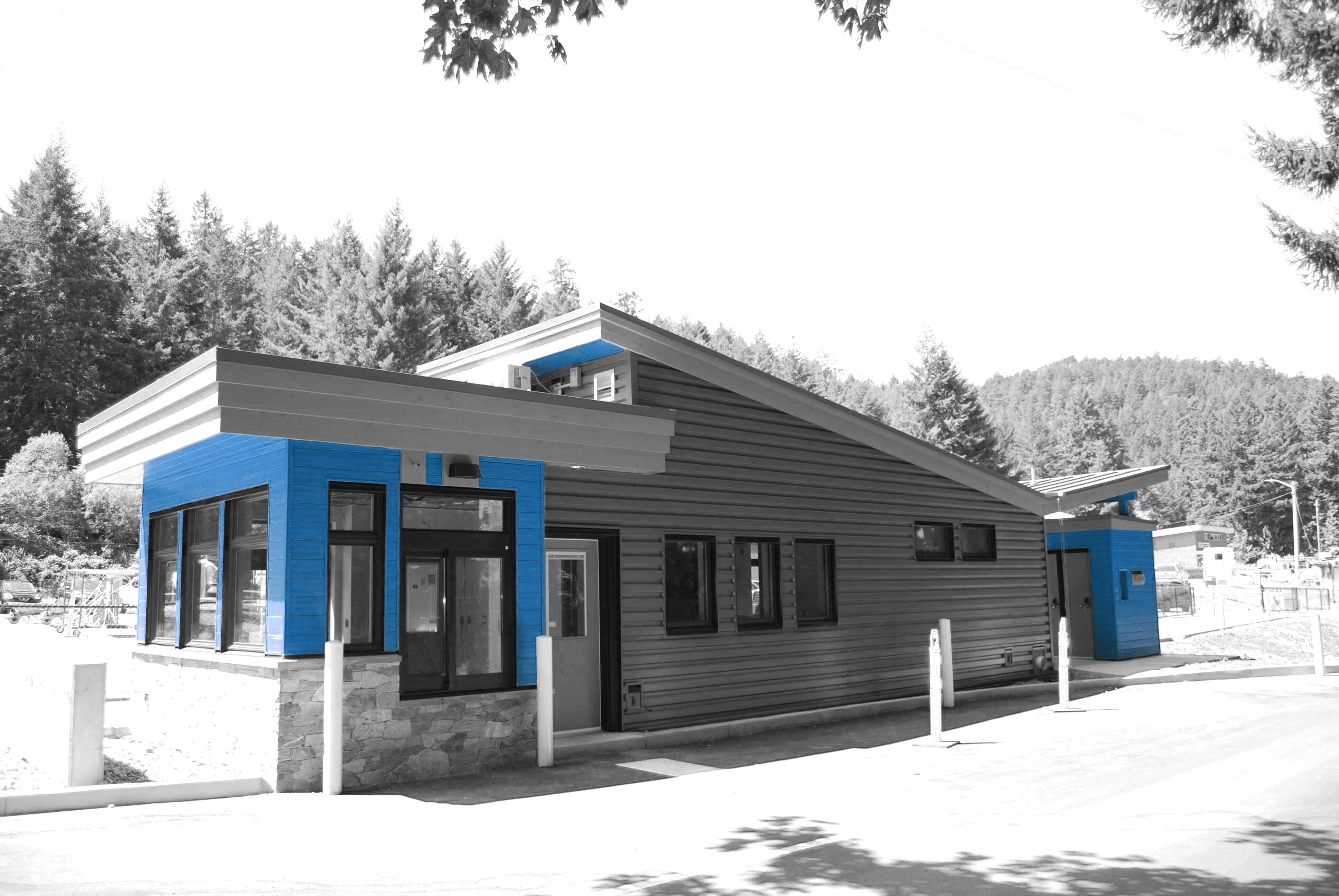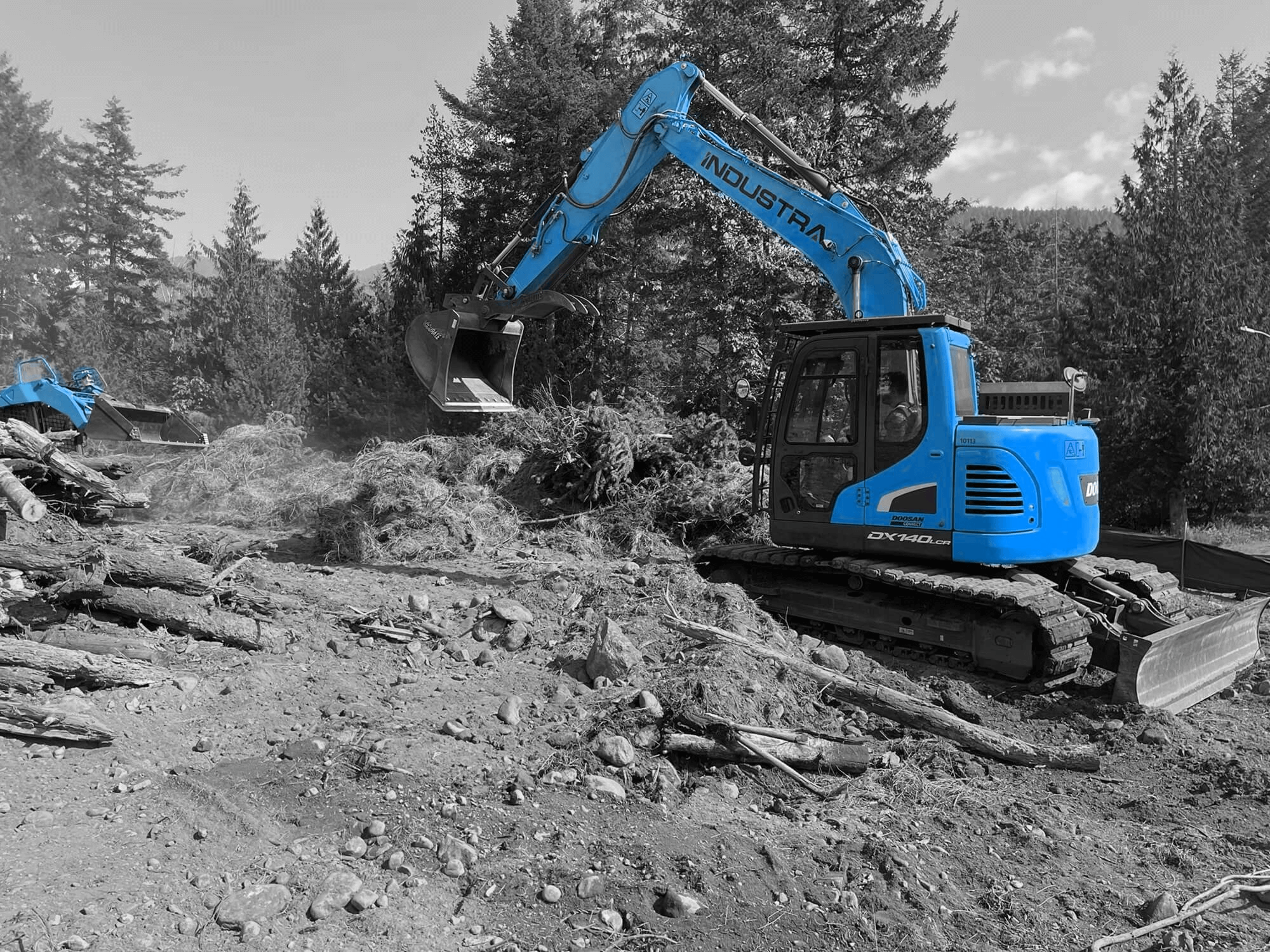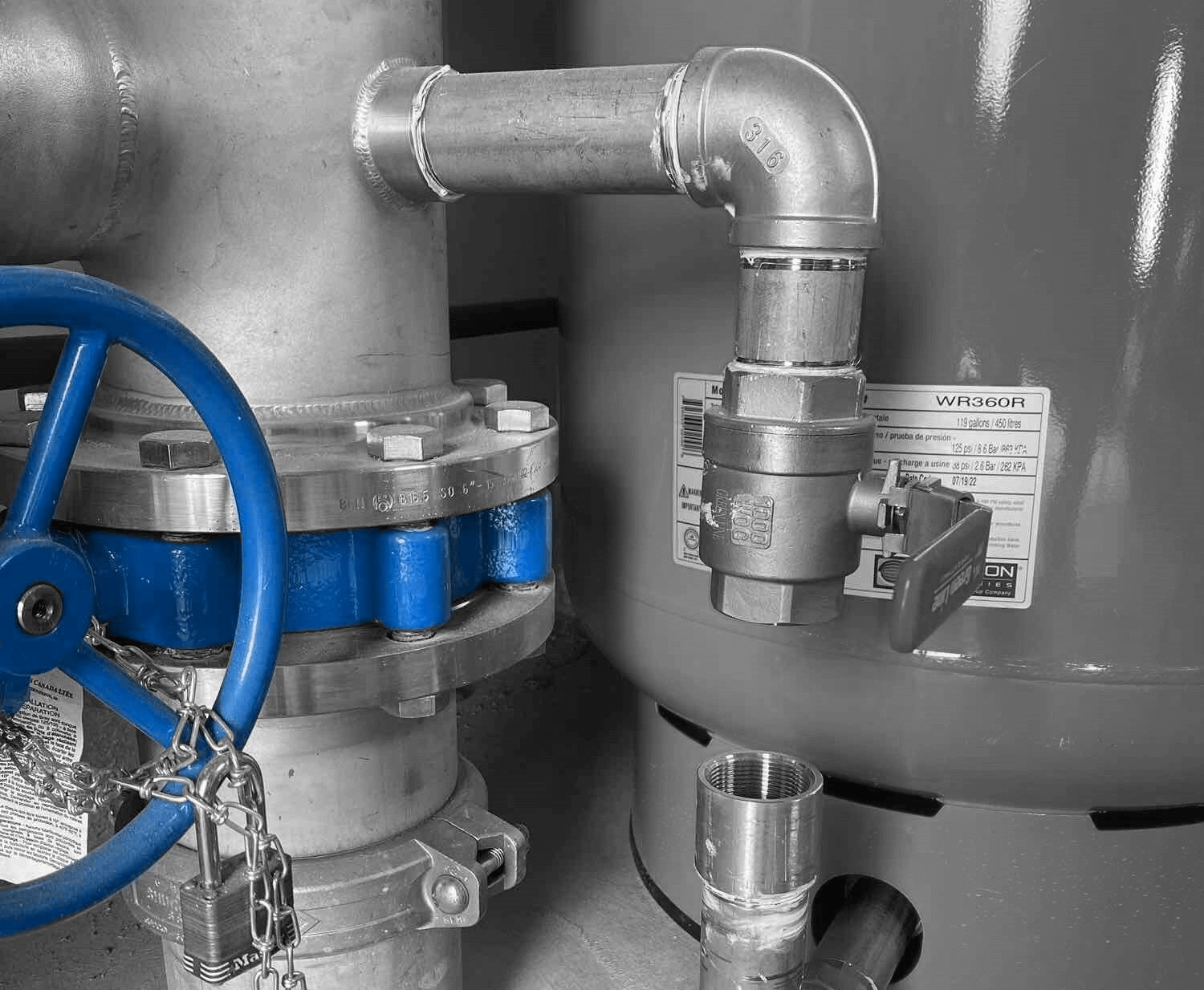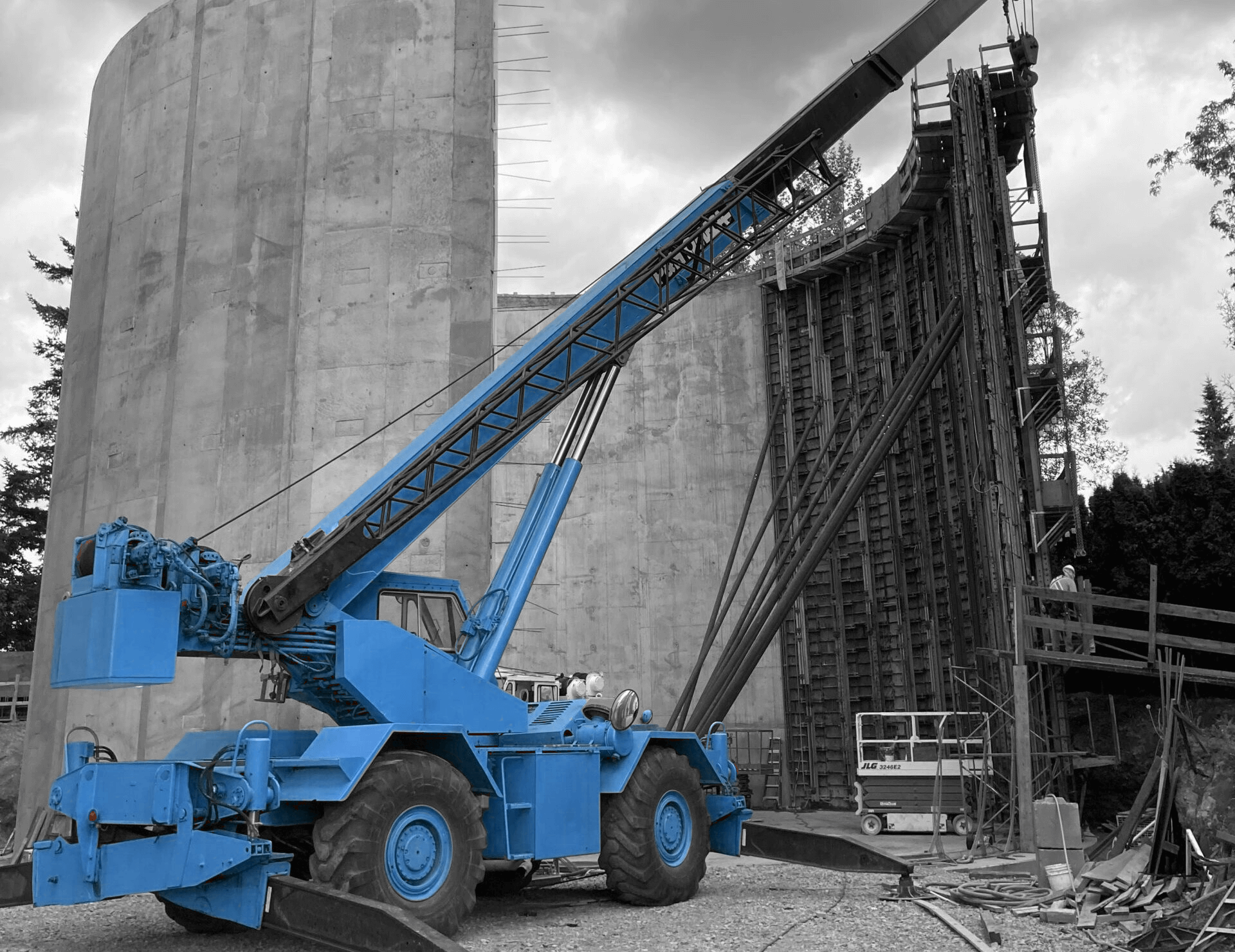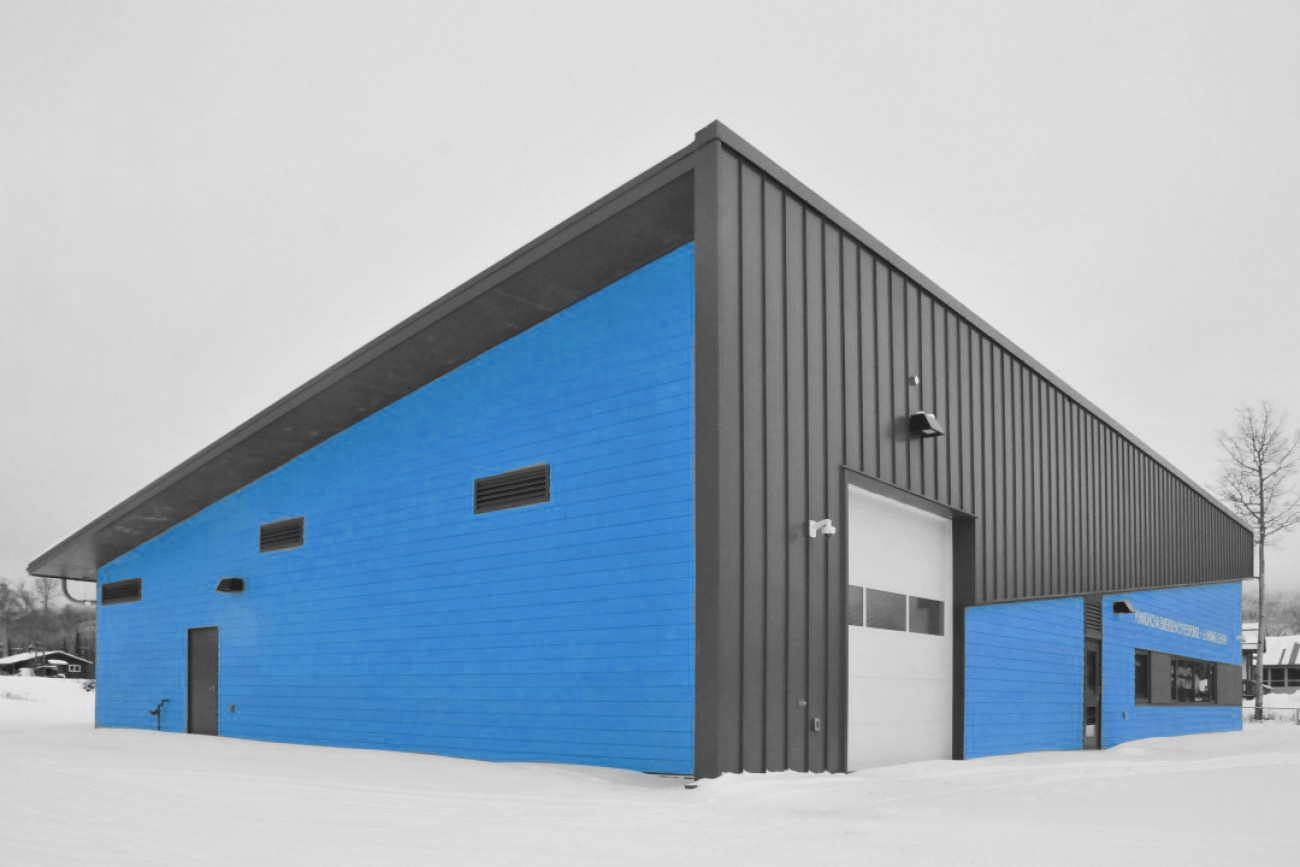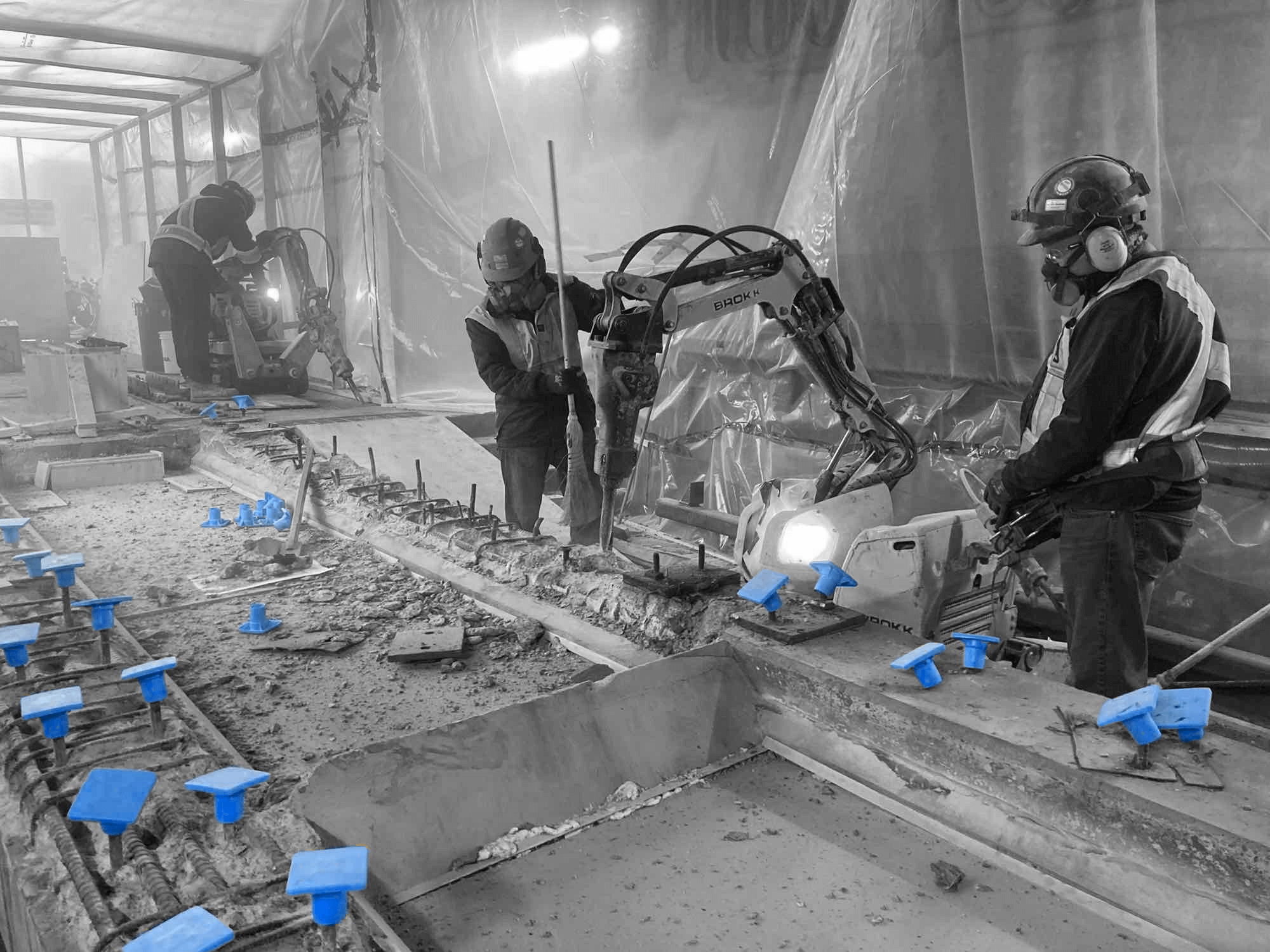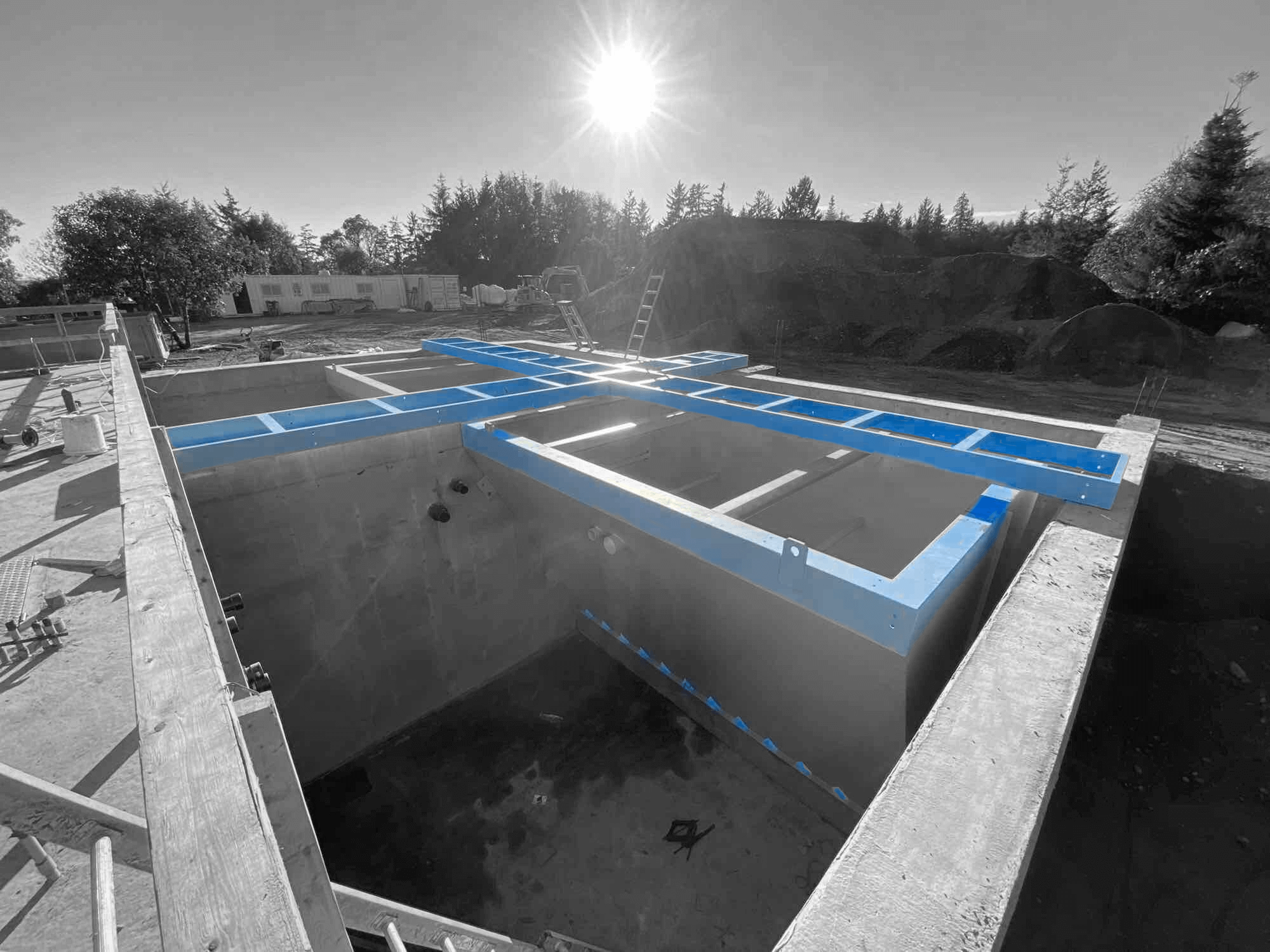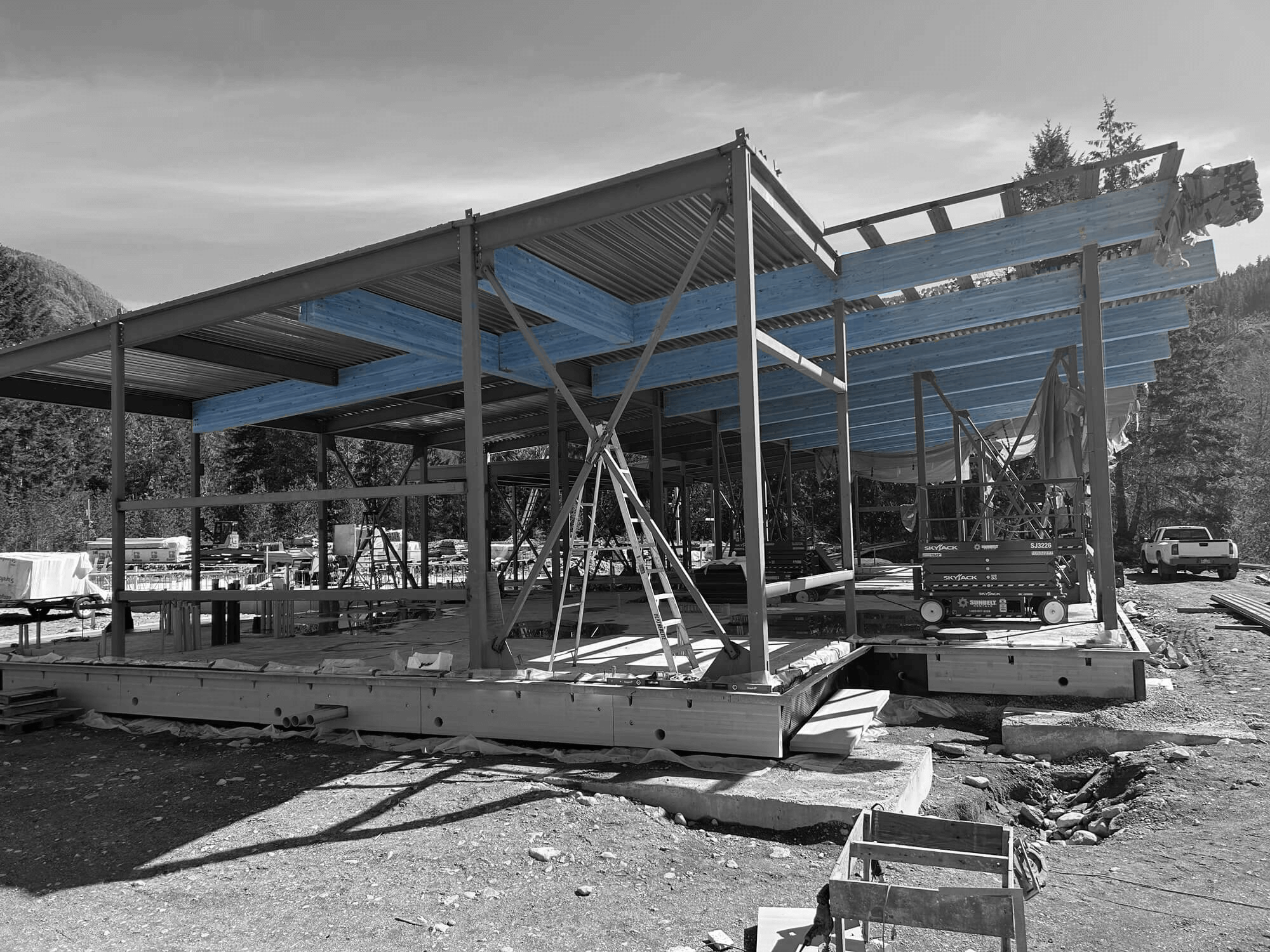City roads are the lifelines of urban areas, connecting people, places, and services. As cities grow, the need for robust and efficient road networks becomes more critical. One method that stands out for its efficiency and effectiveness is the EPC design-build approach. EPC, which stands for Engineering, Procurement, and Construction, brings all phases of a project under one roof. This method streamlines the construction process, ensuring that projects are completed on time and within budget.
Traditional road construction can often involve multiple contractors, each responsible for different phases of the project. While this division of labour can work, it often leads to miscommunication and delays. EPC design-build solves this problem by providing a single point of responsibility. This means better communication, quicker decision-making, and fewer delays.
Another advantage of EPC design-build is the integration of design and construction. With this approach, design and construction teams work closely together from the start. This collaboration leads to more innovative solutions and helps identify potential issues early. As a result, city road projects are not only completed faster but also to a higher standard of quality.
By adopting the EPC design-build method, cities can improve their road infrastructure more efficiently and effectively. This approach ensures that projects are delivered on time and that roads meet the needs of growing urban populations.
Why EPC Design-Build Is Ideal for City Road Projects
EPC design-build is an excellent choice for city road projects for several reasons. First, it simplifies project management. By combining engineering, procurement, and construction into a single contract, we can streamline communication and reduce misunderstandings. This makes it easier to manage timelines and budgets, ensuring projects are completed on schedule and within financial constraints.
Another compelling reason is the speed of project completion. With EPC design-build, the design and construction phases overlap. This concurrent process allows for faster delivery of projects compared to traditional methods where each phase is completed sequentially. Faster completion means less disruption to daily city life and quicker access to improved roads for residents.
Cost efficiency is also a major benefit. With a single entity responsible for the entire project, there is greater control over costs. We can identify potential cost-saving measures early and avoid the pitfalls of budget overruns. Additionally, the integrated approach helps minimize changes and delays, which can be costly in traditional road construction projects.
Key Components of EPC Design-Build for Roads
There are several essential components that make EPC design-build effective for road projects. Here are the key ones:
1. Integrated Project Team: An integrated team of engineers, architects, and construction professionals work together from the outset. This collaborative approach ensures that all aspects of the project are aligned and can lead to innovative solutions.
2. Single Point of Accountability: With EPC design-build, there is a single point of accountability. This means one team is responsible for both the design and construction phases. This responsibility reduces the risk of finger-pointing and ensures better coordination.
3. Concurrent Design and Construction: Design and construction phases occur at the same time. This speeds up the project and allows for issues to be identified and resolved quickly. For example, if a design element proves impractical during construction, changes can be made immediately without waiting for a separate design phase to complete.
4. Advanced Technology and Tools: Use of advanced technology such as Building Information Modelling (BIM) helps in creating detailed project plans. These tools enhance precision, facilitate coordination, and allow for better visualization of the final road project.
5. Risk Management: EPC design-build contracts often include comprehensive risk management strategies. These strategies identify potential risks early and outline steps to mitigate them. Effective risk management ensures that projects are resilient and can handle unexpected challenges.
6. Stakeholder Engagement: Keeping all stakeholders informed and involved is crucial. Regular updates and open lines of communication with city officials, residents, and other parties ensure that the project proceeds smoothly and that concerns are addressed promptly.
These components are integral to the success of EPC design-build projects. They provide a structured and efficient approach to road construction that benefits both the city and its residents.
The Step-by-Step Process of EPC Design-Build for Road Construction
The EPC design-build process for road construction follows a structured approach. Here’s a step-by-step breakdown:
1. Initial Planning: The process begins with a thorough analysis of the project requirements. This includes understanding the city’s needs, traffic patterns, and any environmental constraints. During this phase, we conduct feasibility studies and preliminary designs.
2. Design Development: Once the initial plan is approved, the detailed design phase starts. Engineers and architects collaborate to create detailed drawings and specifications. This phase also involves selecting the best materials and methods for construction. We use advanced modelling tools to visualize the project and make necessary adjustments.
3. Procurement: During procurement, all necessary materials and equipment are sourced. We choose suppliers and contractors who can meet the project’s quality standards and timelines. This phase is crucial for ensuring that the construction phase runs smoothly without delays.
4. Construction: The construction phase is where the actual road building happens. Teams work on-site to execute the designs and plans. This phase includes grading, paving, installing drainage systems, and more. Regular quality checks are conducted to ensure everything meets the required standards.
5. Commissioning and Handover: Once construction is complete, we carry out final inspections and testing. Any issues are addressed promptly. After ensuring that everything is in order, we hand over the completed road to the city authorities.
6. Post-Completion Support: Even after the project is completed, we provide ongoing support. This includes maintenance and any necessary modifications to ensure the road continues to serve the city efficiently.
Following this step-by-step process ensures that every aspect of the road construction project is handled with care and precision.
Future Trends in EPC Design-Build for Urban Infrastructure
The future of EPC design-build for urban infrastructure looks promising with several emerging trends:
1. Smart Roads: Technology is transforming road construction. In the future, we may see more smart roads equipped with sensors that provide real-time data on traffic conditions and road health. These sensors can help in predictive maintenance, reducing the need for frequent repairs.
2. Sustainable Materials: There is a growing focus on sustainability in construction. The use of recycled materials and environmentally friendly construction methods will become more common. This approach not only reduces the environmental impact but also improves the durability of the roads.
3. Innovative Construction Techniques: Techniques like 3D printing and modular construction are set to revolutionize road building. These methods can significantly reduce construction time and costs. They also offer greater precision, resulting in higher quality roads.
4. Integrated Urban Planning: In the future, road construction will be more integrated with overall urban planning. Roads will be designed to complement public transportation systems and pedestrian pathways, creating more cohesive urban spaces.
5. Enhanced Safety Features: Safety will continue to be a top priority. Future roads will incorporate advanced safety features such as improved signalling systems, better lighting, and barriers that can minimize the impact of accidents.
6. Community Involvement: Engaging communities in the planning and development stages will become more prevalent. This ensures that the roads meet the actual needs of the residents and enhance the quality of urban living.
These trends will make road construction more efficient, sustainable, and aligned with the needs of modern cities.
Conclusion
EPC design-build is a powerful approach to improving city road infrastructure. Its integrated process streamlines project management, enhances collaboration, and ensures cost efficiency. By understanding the key components and following a detailed step-by-step process, we can deliver high-quality road projects that stand the test of time.
As we look toward the future, emerging trends like smart roads, sustainable materials, and innovative construction techniques will continue to shape urban infrastructure. These advancements promise to make roads safer, more durable, and better suited to the needs of growing cities.
With reliable processes and a focus on innovation, Industra Construction Corp. is committed to delivering infrastructure solutions that improve urban living. If you’re looking to enhance your city’s roads through a trusted EPC design-build approach, contact us today to learn more about our services and how we can help.


